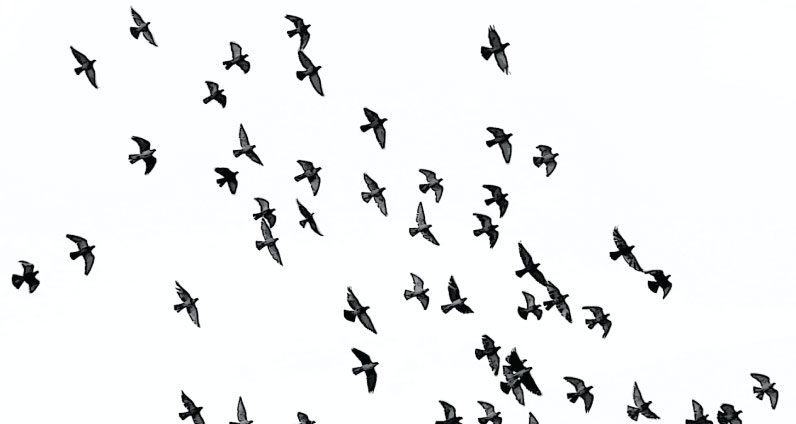
Why do birds migrate?
Birds migrate to move from areas of low or decreasing resources to areas of high or increasing resources. The two primary resources being sought are food and nesting locations.
Whether or not a bird flies south for the winter depends a lot on what food the species eats. During our winters, many food sources, such as flying insects and nectar, are not available.
Species that depend on these food sources must fly south to survive. Species that eat certain types of seeds, or that probe for insects and spiders under tree bark, can often find enough food to spend the winter here.
As winter approaches and the availability of insects and other food drops, the birds move south again. Escaping the cold is a motivating factor but many species, including hummingbirds, can withstand freezing temperatures as long as an adequate supply of food is available.
Type of birds migrate
Permanent residents
Permanent residents do not migrate. They are able to find adequate supplies of food year-round.
Short-distance migrants
Short-distance migrants make relatively small movements, from higher to lower elevations on a mountainside.
Medium-distance migrants
Medium-distance migrants cover distances that span a few hundred miles.
Long-distance migrants
Long-distance migrants typically move from breeding ranges in the United States and Canada to wintering grounds in Central and South America. Despite the arduous journeys involved, long-distance migration is a feature of some 350 species of North American birds.
Amazingly, if a bird can get enough food, it apparently can survive even the worst weather in New England—this is true even for small birds such as chickadees. Feathers make excellent insulation, as anyone who owns a down coat knows, and birds convert food to body heat.
These species seem to have reacted to changes in the environment caused by humans. For cardinals, this might include the widespread presence of bird feeders, providing food in winter and allowing cardinals to expand their range into New England and become year-round residents.
Mockingbirds also have expanded their range, partly because of human alteration of the landscape. Mockingbirds rely on berries in the winter, and plants that provide them have become more abundant, including some exotic invasive species.